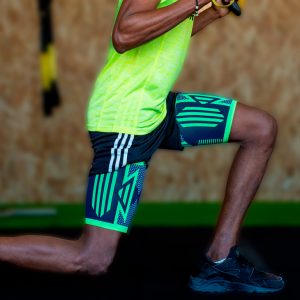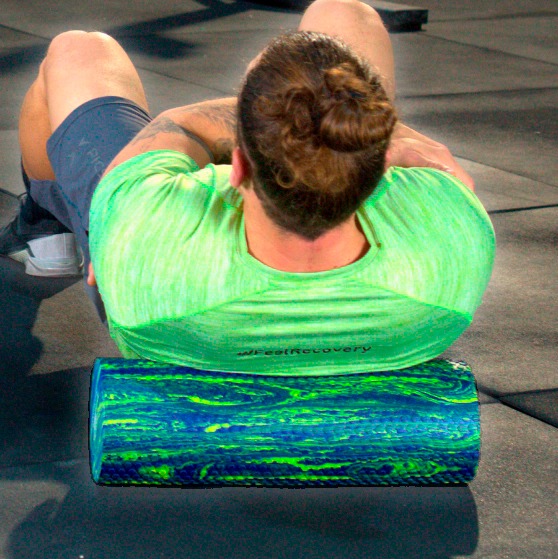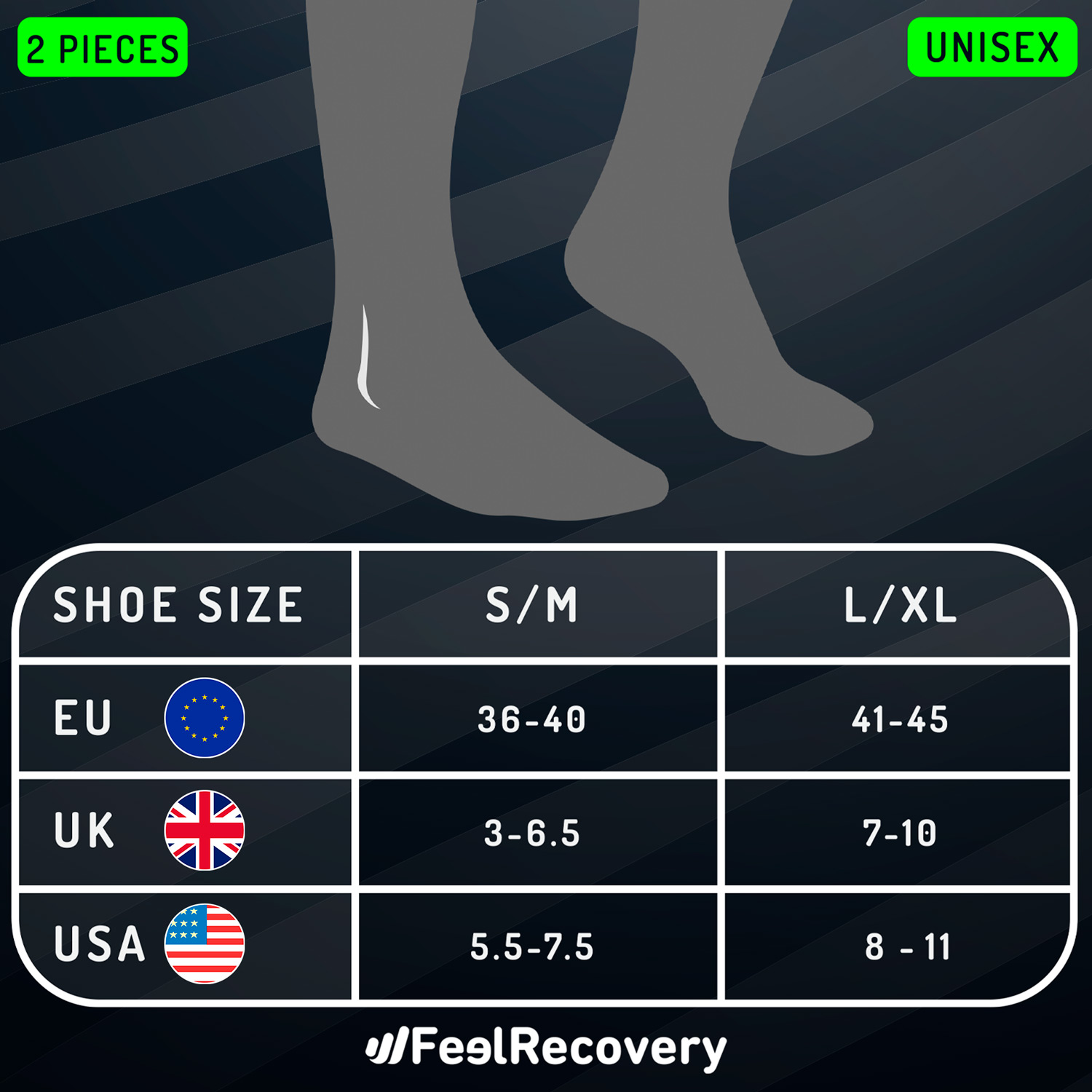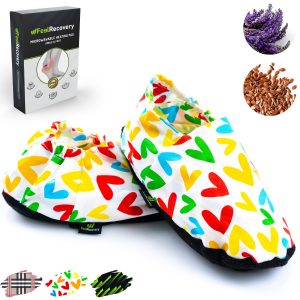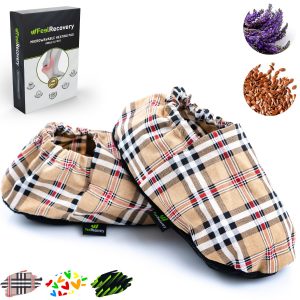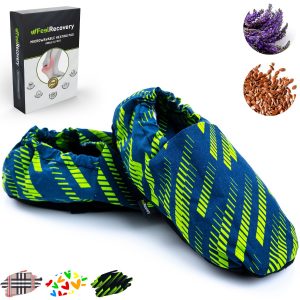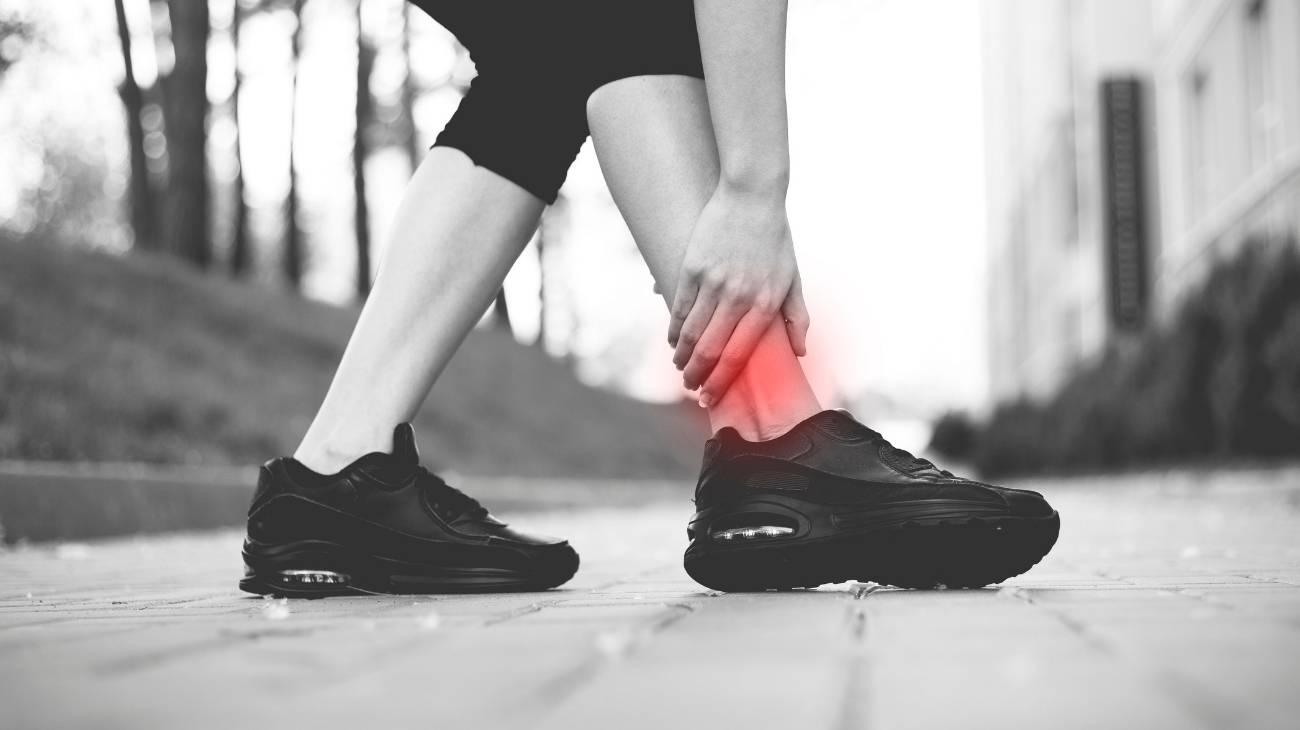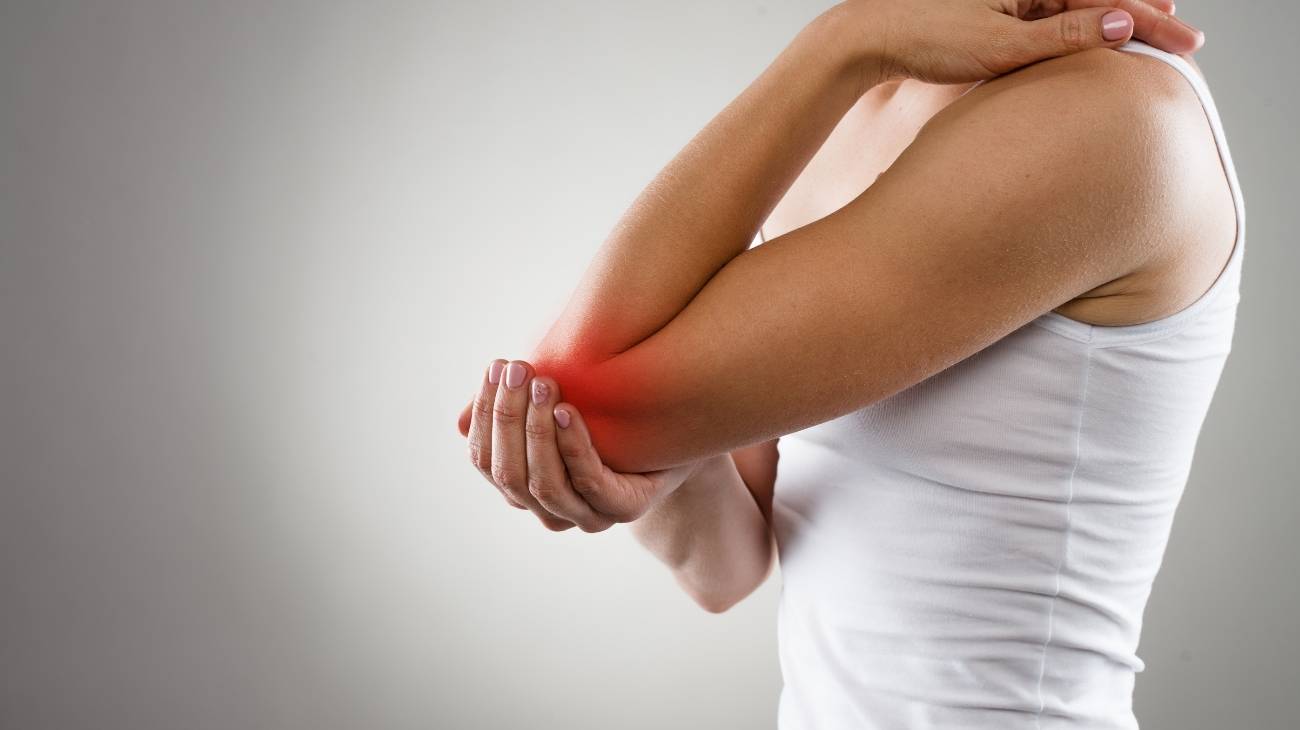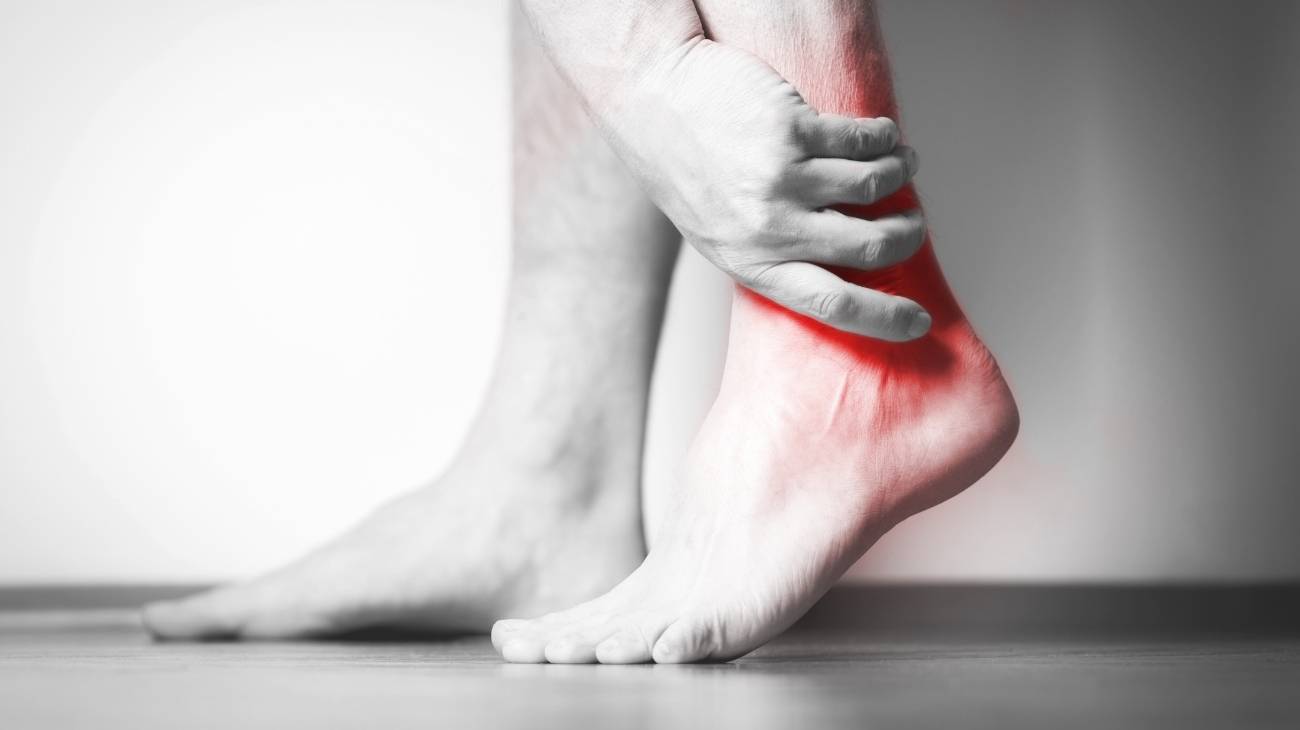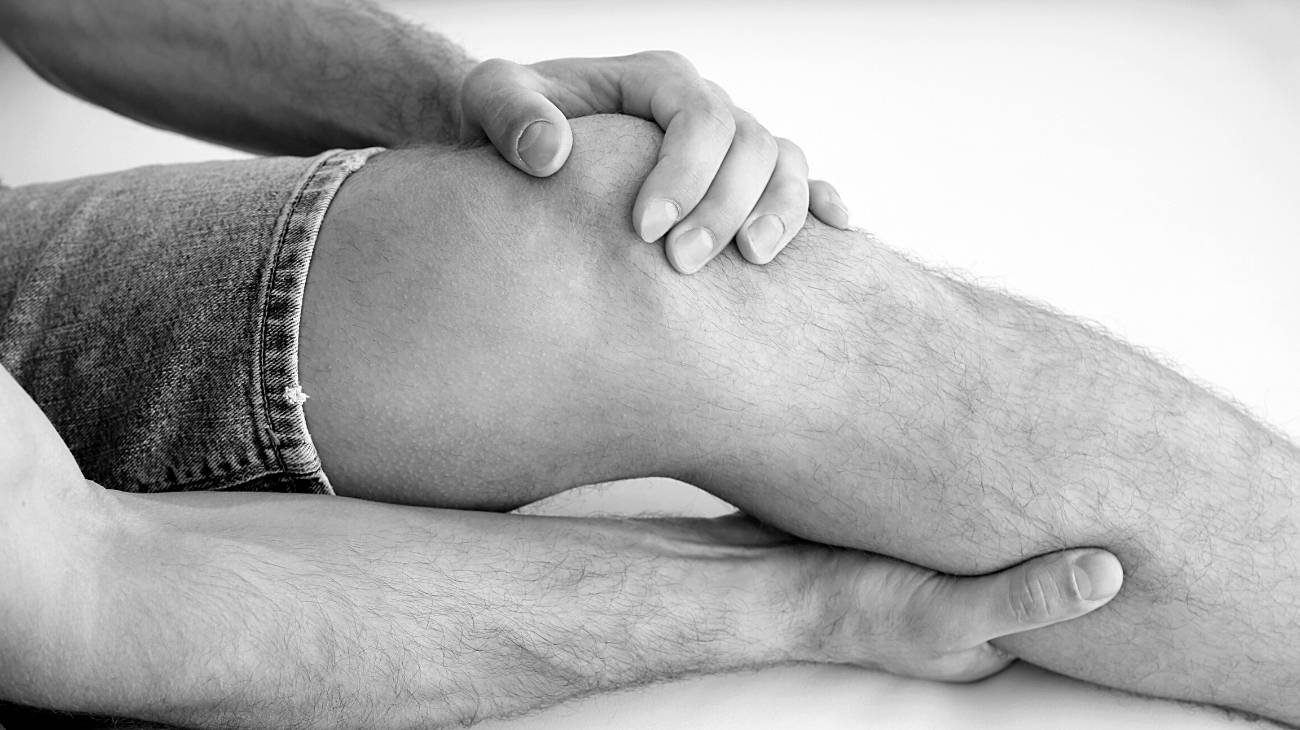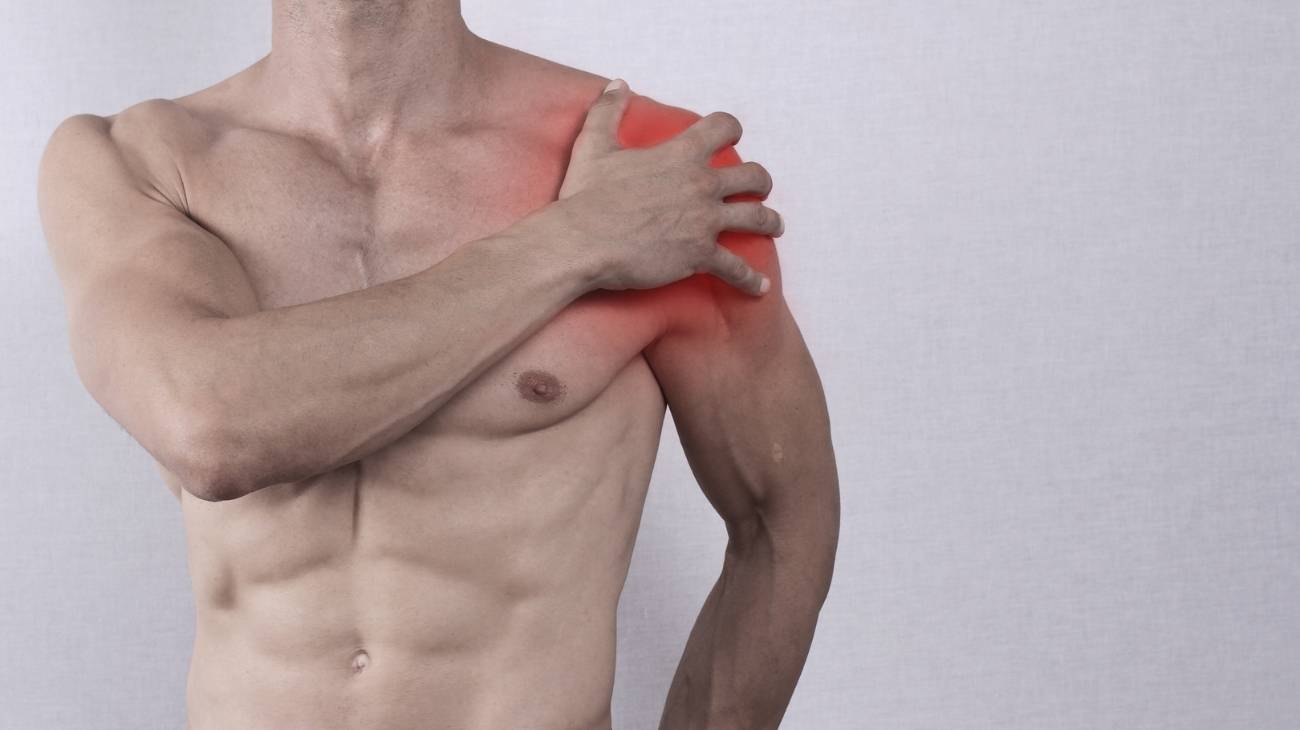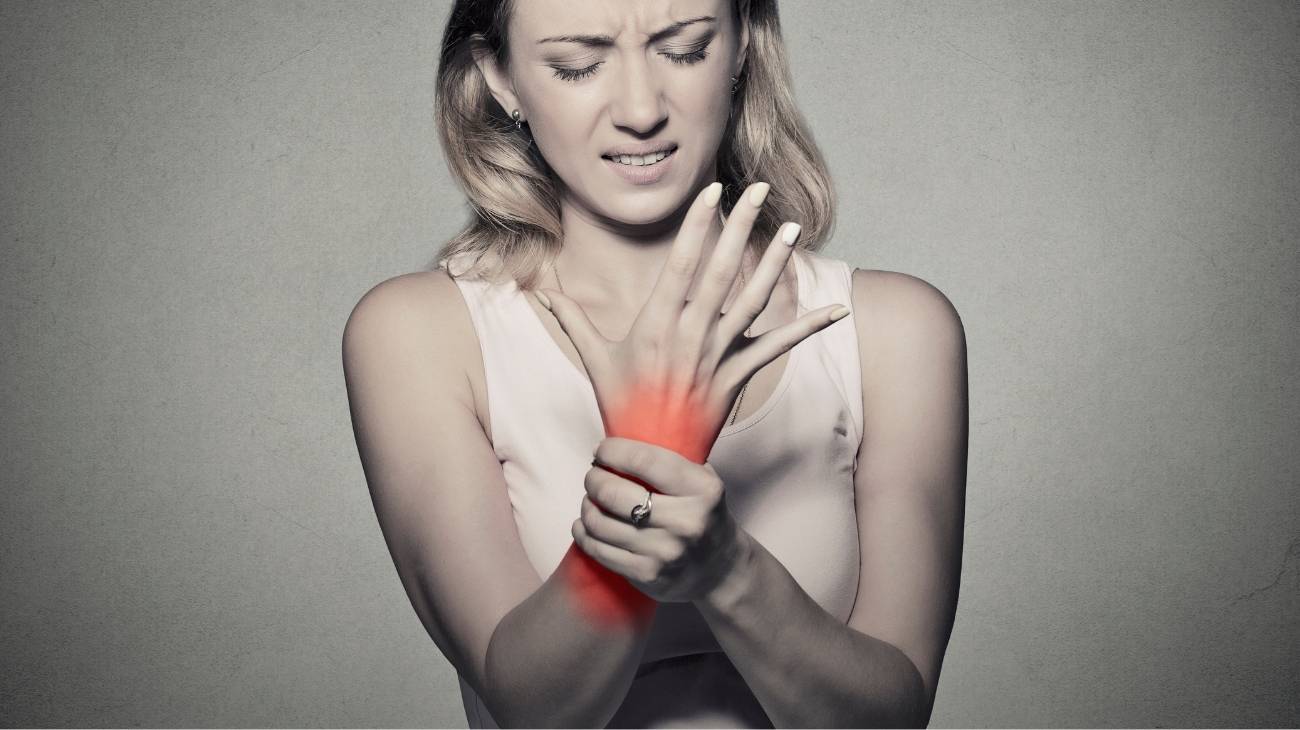Foot sprains are a common injury, especially among individuals engaged in sports or physical activities. They occur when ligaments in the foot are overstretched or torn, typically due to sudden twisting, impact, or uneven surfaces. Symptoms include pain, swelling, bruising, and difficulty bearing weight. Addressing a foot sprain promptly is essential to minimize discomfort and promote efficient recovery.
Compression sleeves are among the most effective tools for managing foot sprains. They provide uniform pressure around the injured area, reducing swelling and offering essential support to stabilize the ligaments. By improving blood circulation, these sleeves facilitate nutrient delivery to the injured tissues, accelerating the healing process. Compression sleeves also help protect the foot during physical activities, reducing the risk of further strain.
Cold therapy is highly recommended during the acute phase of a foot sprain. Applying cold therapy wraps within the first 48 hours of the injury can effectively reduce inflammation and numb pain. Cold compresses limit blood flow to the injured area, minimizing swelling and making it easier to move comfortably. This initial step is crucial in laying the groundwork for an effective recovery process.
As swelling subsides, incorporating heat therapy can significantly enhance recovery. Heat wraps increase blood flow to the area, promoting flexibility and relaxing the muscles around the foot. Heat therapy is particularly beneficial for reducing stiffness and preparing the foot for rehabilitation exercises.
Resistance bands are invaluable for strengthening the muscles and ligaments surrounding the foot after a sprain. Controlled exercises, such as band-assisted dorsiflexion and plantar flexion, target specific areas to rebuild strength and improve joint stability. These exercises not only aid recovery but also reduce the likelihood of future injuries by enhancing overall foot resilience.
Massage therapy can provide significant relief from the pain and tension associated with foot sprains. Gentle massages around the injured area improve circulation, reduce muscle stiffness, and enhance tissue recovery. When combined with heat therapy, massage techniques can maximize comfort and accelerate the healing process.
Electrotherapy devices, like TENS units, offer a non-invasive and effective way to manage pain in foot sprains. By delivering electrical impulses to the affected area, these devices block pain signals and stimulate the release of endorphins, providing immediate relief. Using TENS therapy alongside physical rehabilitation ensures a comprehensive recovery approach.
Prevention of future foot sprains is equally important. Wearing a compression sleeve during high-impact activities provides ongoing support and reduces the risk of ligament overextension. Incorporating resistance band exercises into your routine helps strengthen the foot’s muscles and ligaments, ensuring better stability and durability.
Recovery from a foot sprain doesn’t have to be prolonged or complicated. With the right combination of compression, cold and heat therapy, resistance exercises, and advanced tools like TENS units, you can alleviate pain, rebuild strength, and regain confidence in your foot’s mobility.
FAQ: Frequently Asked Questions
What are the benefits of using compression sleeves for foot sprains?
Compression sleeves provide targeted support, reduce swelling, and improve blood circulation, which helps accelerate the recovery process.
When should I use cold therapy for a foot sprain?
Cold therapy is most effective within the first 48 hours of the injury. It reduces inflammation and numbs pain, offering immediate relief.
How can resistance bands help in recovery?
Resistance bands allow for controlled exercises that strengthen the foot's muscles and ligaments, improving stability and preventing future injuries.
Is heat therapy suitable for foot sprains?
Yes, heat therapy is beneficial after the swelling has reduced. It relaxes the muscles, enhances flexibility, and promotes blood flow to the injured area.
What role does electrotherapy play in recovery?
Electrotherapy, such as TENS units, blocks pain signals and stimulates endorphin production, providing effective pain relief and aiding recovery.



